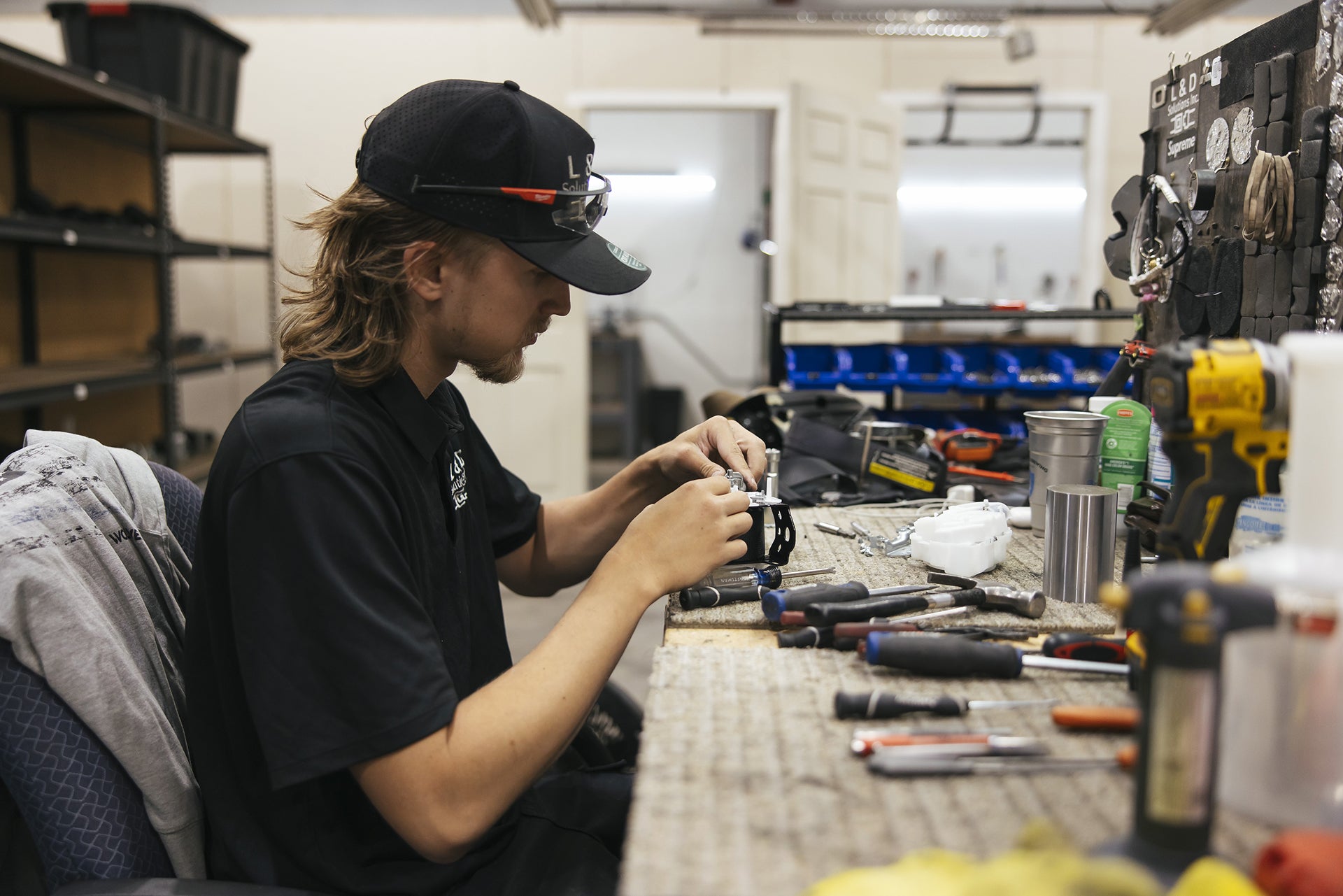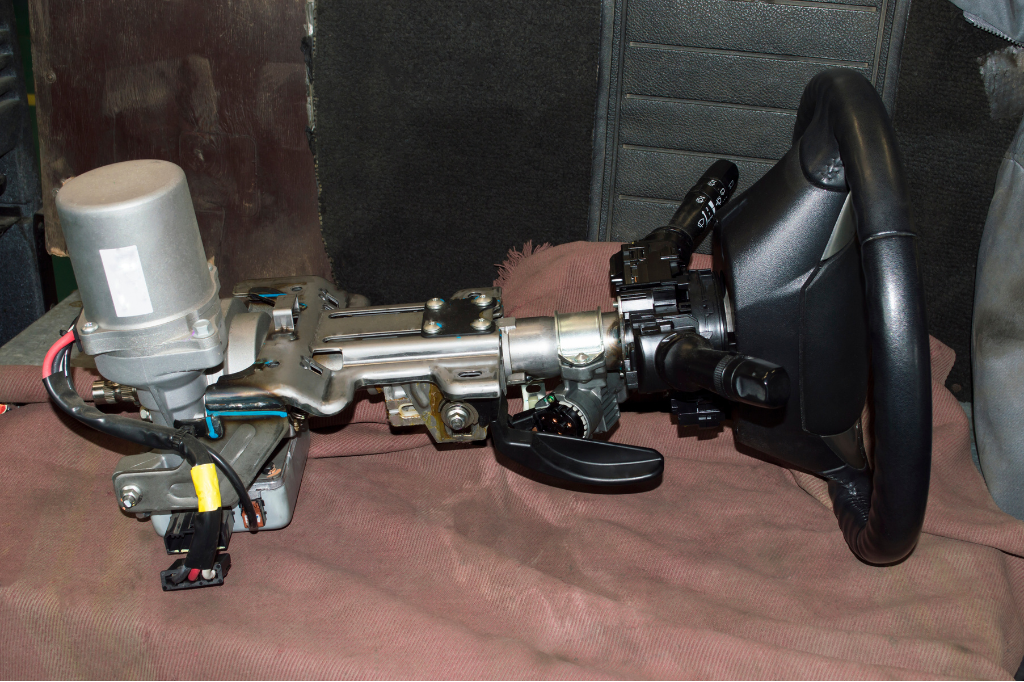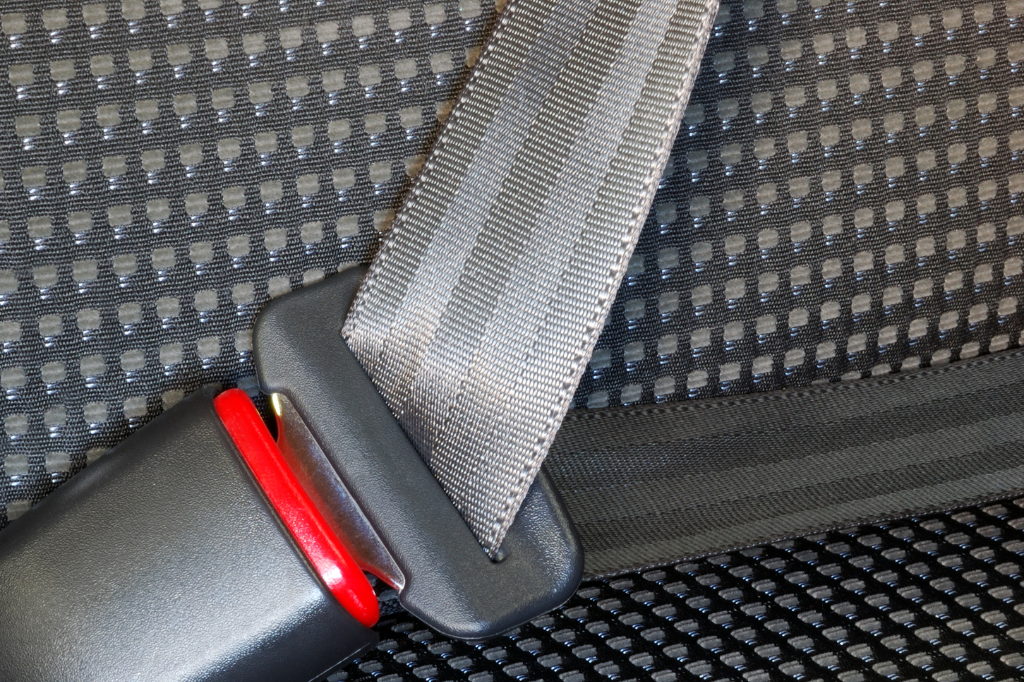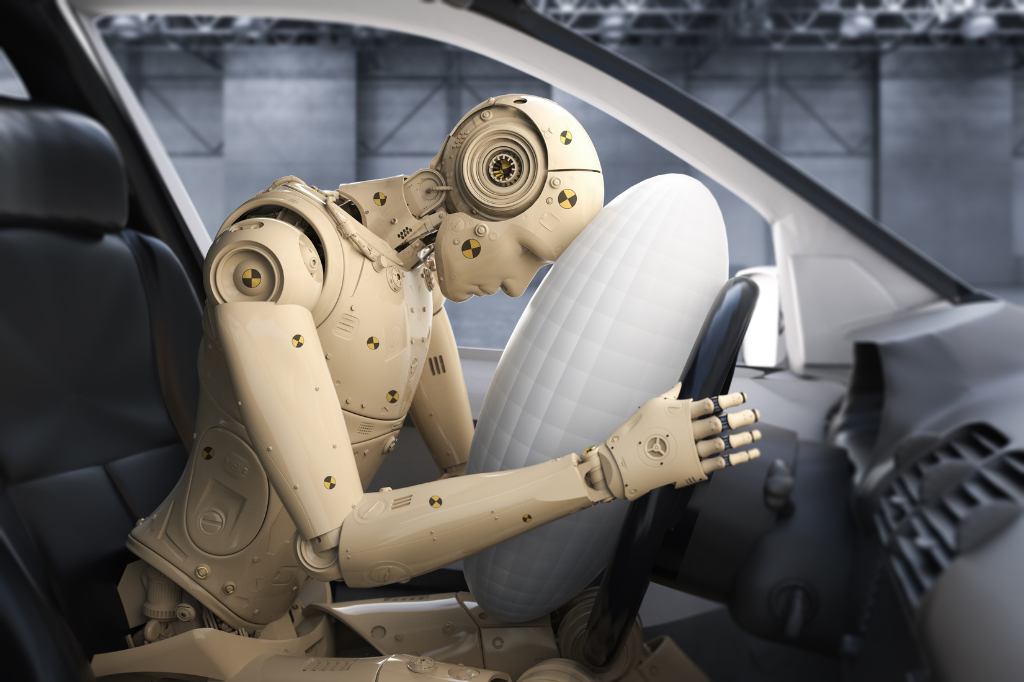In the evolving world of automotive technology, safety remains a paramount concern. Among the myriad of safety innovations, collapsible steering columns have emerged as a crucial component in enhancing passenger safety during vehicular accidents. Understanding the function and benefits of these advanced steering systems is essential for both car manufacturers and consumers alike.
What Are Collapsible Steering Columns?
Collapsible steering columns, also known as energy-absorbing steering columns, are designed to reduce the impact force transmitted to the driver during a collision. Unlike traditional steering columns, which are rigid and can cause severe injuries during a crash, collapsible models are engineered to crumple in a controlled manner. This crumpling action helps absorb the energy created during an impact, thereby minimizing the direct force on the driver.
How Do Collapsible Steering Columns Work?
The primary mechanism behind collapsible steering columns involves a series of predetermined weak points and telescopic sections that allow the column to progressively deform under stress. During a frontal impact, the force exerted pushes the steering column inward, causing it to collapse. This action reduces the chance of the steering column piercing into the cabin space and causing injuries. Furthermore, modern designs often incorporate energy-absorbing materials and mechanisms such as shear pins and sliding coaxial sleeves to enhance their effectiveness.
The Historical Development of Steering Columns
The concept of collapsible steering columns dates back decades. In the early years of automotive manufacturing, safety considerations were minimal. Traditional steering columns were solid and became a prominent source of injury in collisions. The introduction of collapsible steering columns marked a significant stride in automotive safety engineering, chiefly motivated by the alarming number of injuries resulting from steering wheel impacts.
The 1960s saw the first widespread implementation of collapsible steering columns, following increased regulatory pressures and consumer demand for safer vehicles. Over the years, advancements in materials science and mechanical engineering have led to more refined designs that seamlessly integrate into the car's structural framework.
Impact on Passenger Safety
The advent of collapsible steering columns has had a pronounced impact on enhancing passenger safety. By mitigating the force transferred to the driver, these columns play a pivotal role in reducing the severity of frontal-impact injuries. Studies have shown a significant decrease in thoracic injuries and fatalities in vehicles equipped with these safety features.
Additionally, collapsible steering columns complement other vehicular safety systems, such as airbags and seatbelts, creating a comprehensive safety net that works synergistically to protect passengers. In a severe collision, the collective functioning of these systems drastically improves the chances of survival and reduces the extent of injuries.
The Future of Automotive Safety and Steering Technology
As automotive technology continues to advance, the development of more sophisticated safety features is inevitable. Future iterations of collapsible steering columns may incorporate smart technology, allowing for real-time adjustments based on the driver's position and the severity of the impact. Such innovations will further enhance passenger safety and add layers of protection in unforeseen circumstances.
Furthermore, with the rise of autonomous vehicles, steering systems are anticipated to undergo substantial changes. However, passenger safety will remain a critical focus, ensuring that collapsible or alternative mechanisms continue to evolve alongside new vehicular technologies.
Collapsible steering columns represent a significant advance in automotive safety engineering, providing crucial protection in the event of a collision. Their ability to absorb impact energy and minimize injuries underscores their importance in modern vehicles. As the auto industry continues to push forward with new technologies and safety features, understanding and enhancing core components like the collapsible steering column will remain integral to ensuring passenger safety for years to come.
Whether you are a consumer seeking a new vehicle or an automotive professional, recognizing the role of collapsible steering columns in enhancing vehicular safety is invaluable. As we drive into the future, the commitment to improving passenger safety remains a shared responsibility among all stakeholders in the automotive industry.






Leave a comment
This site is protected by hCaptcha and the hCaptcha Privacy Policy and Terms of Service apply.